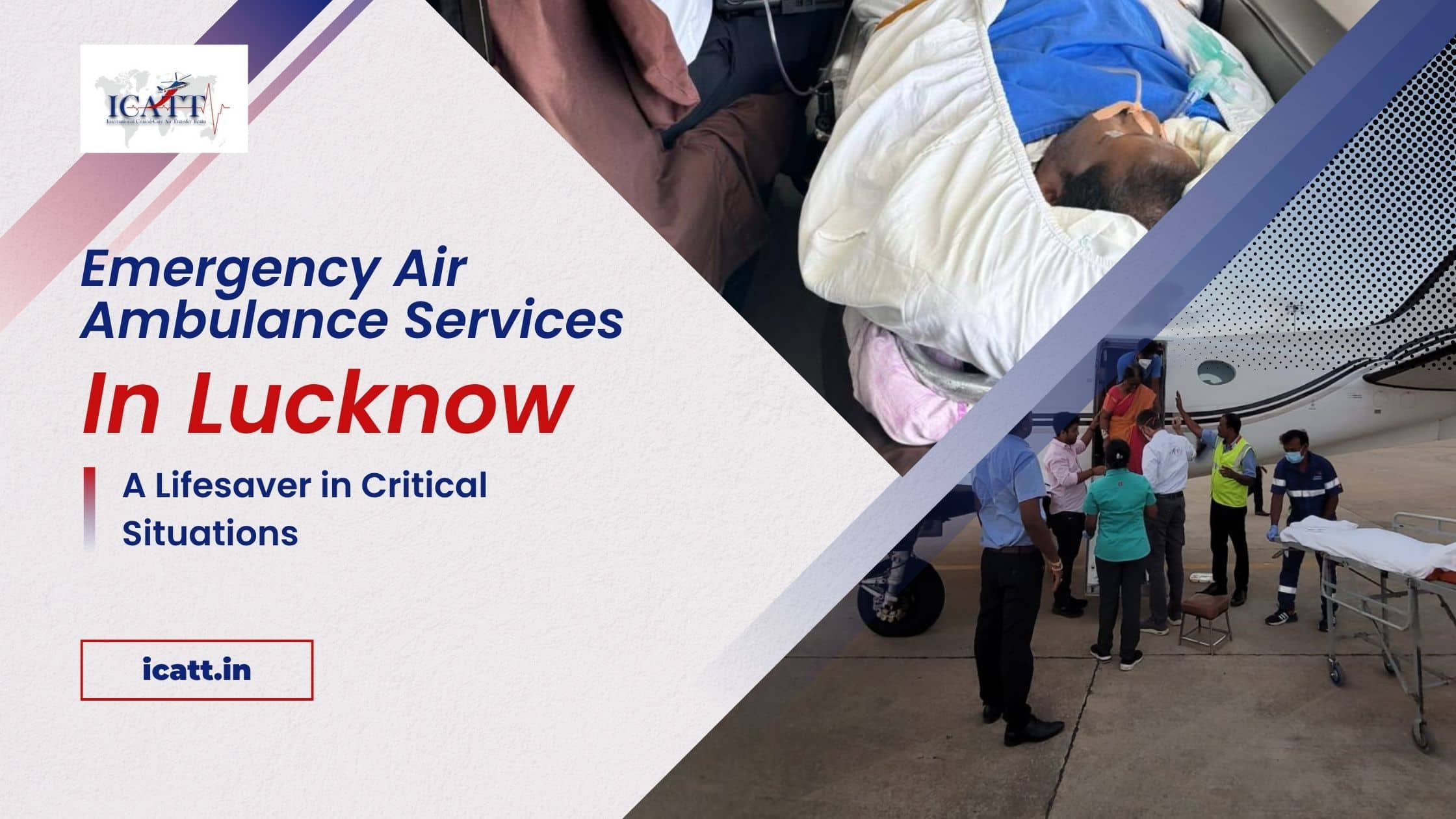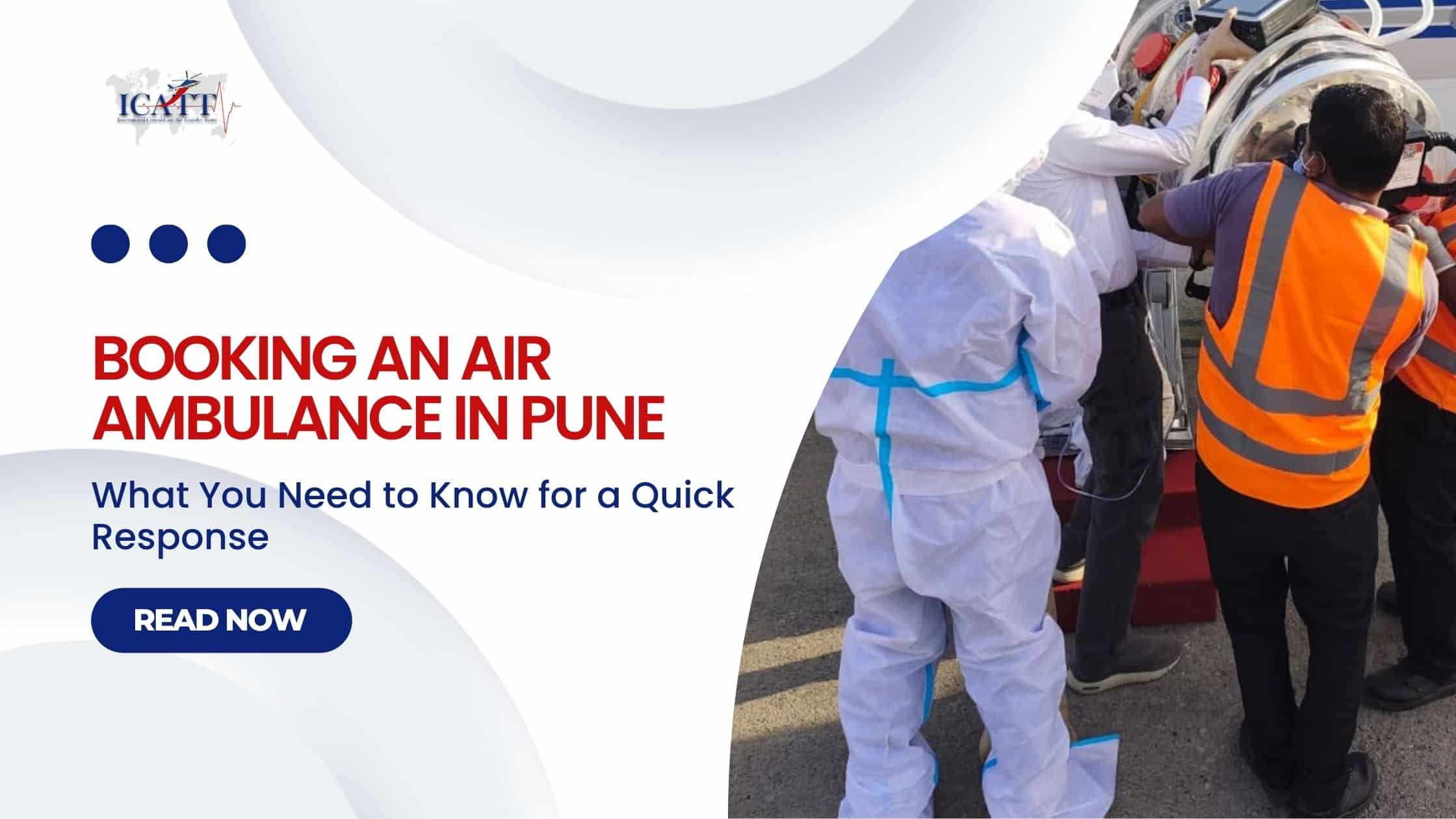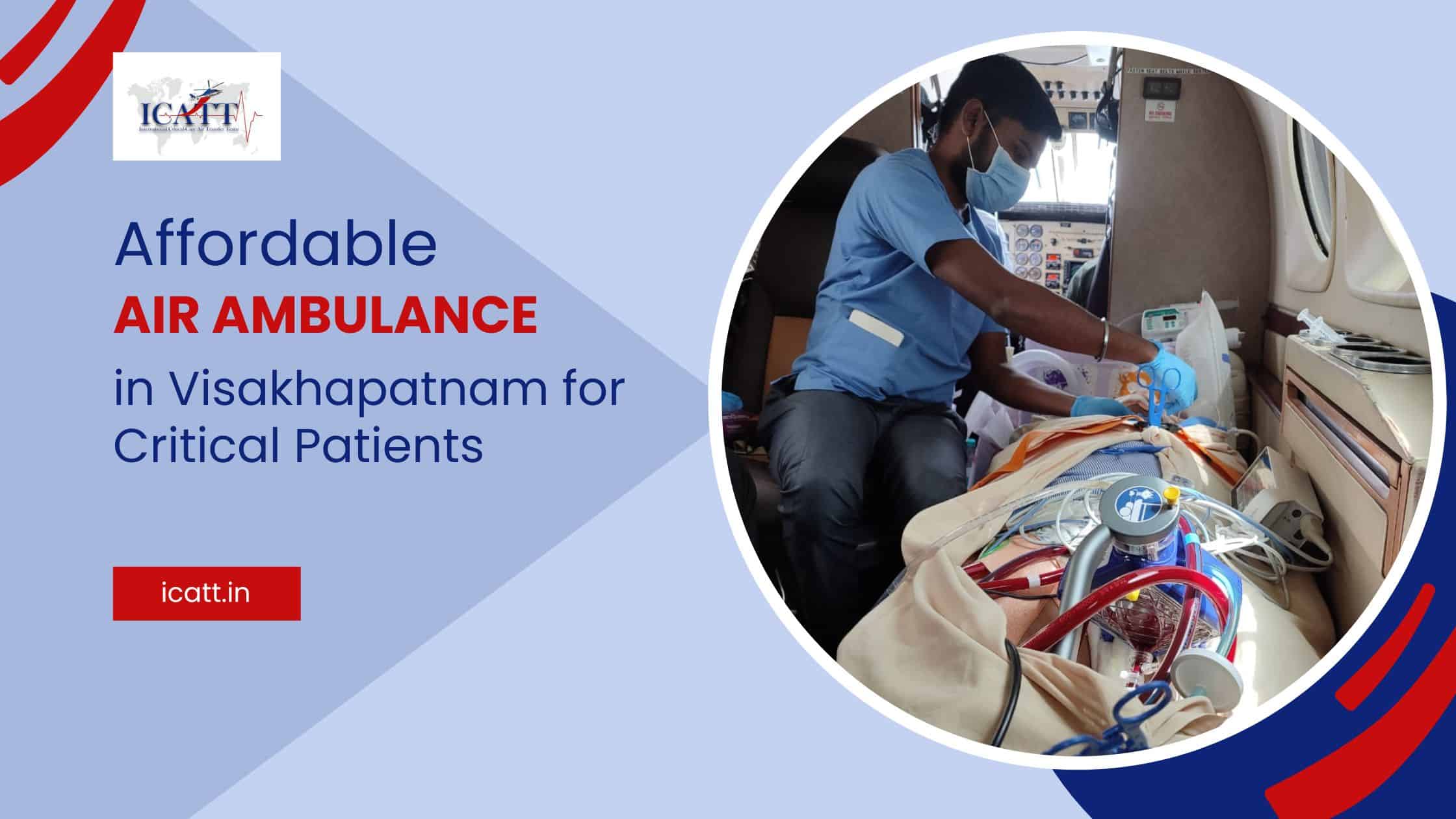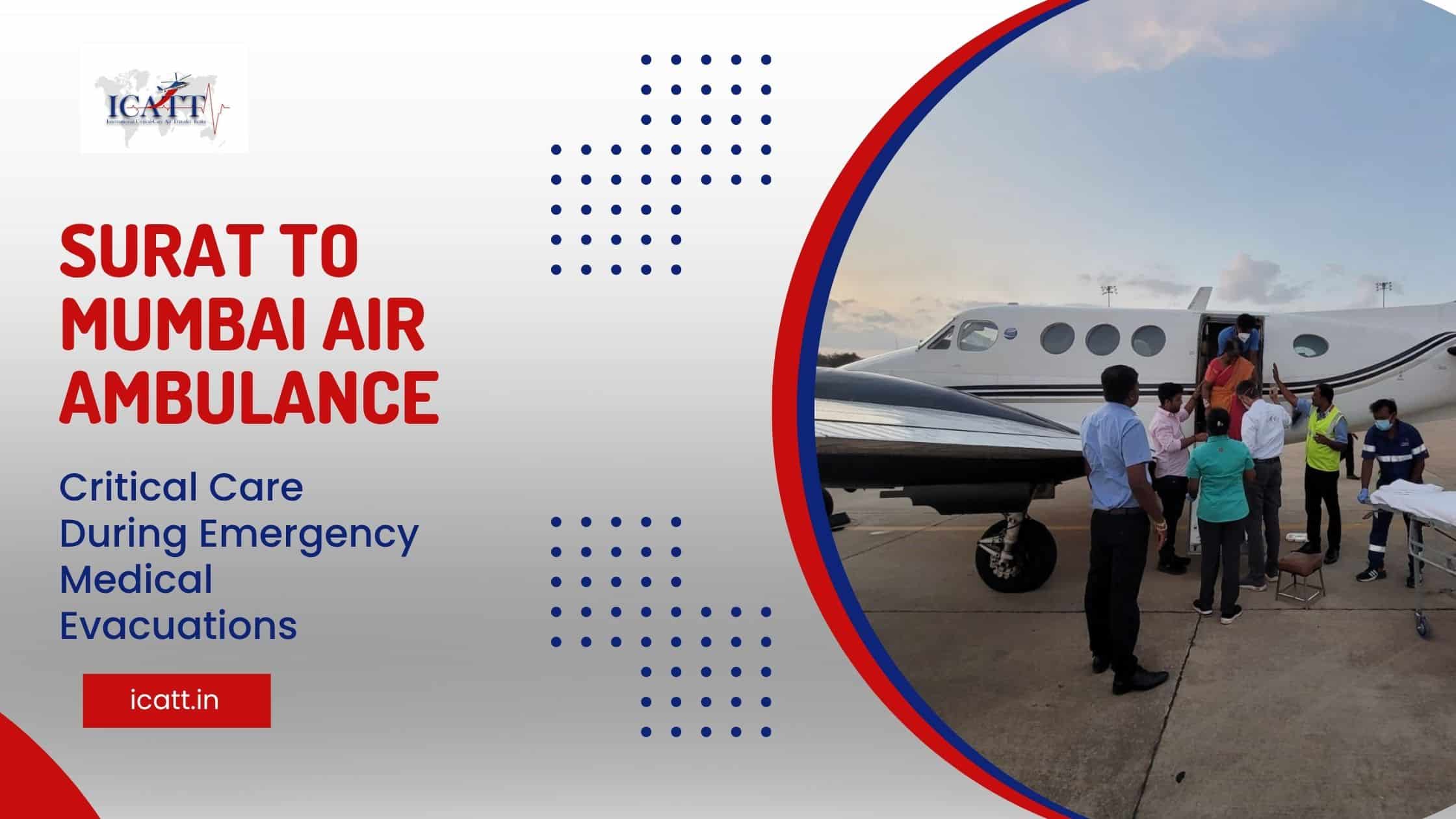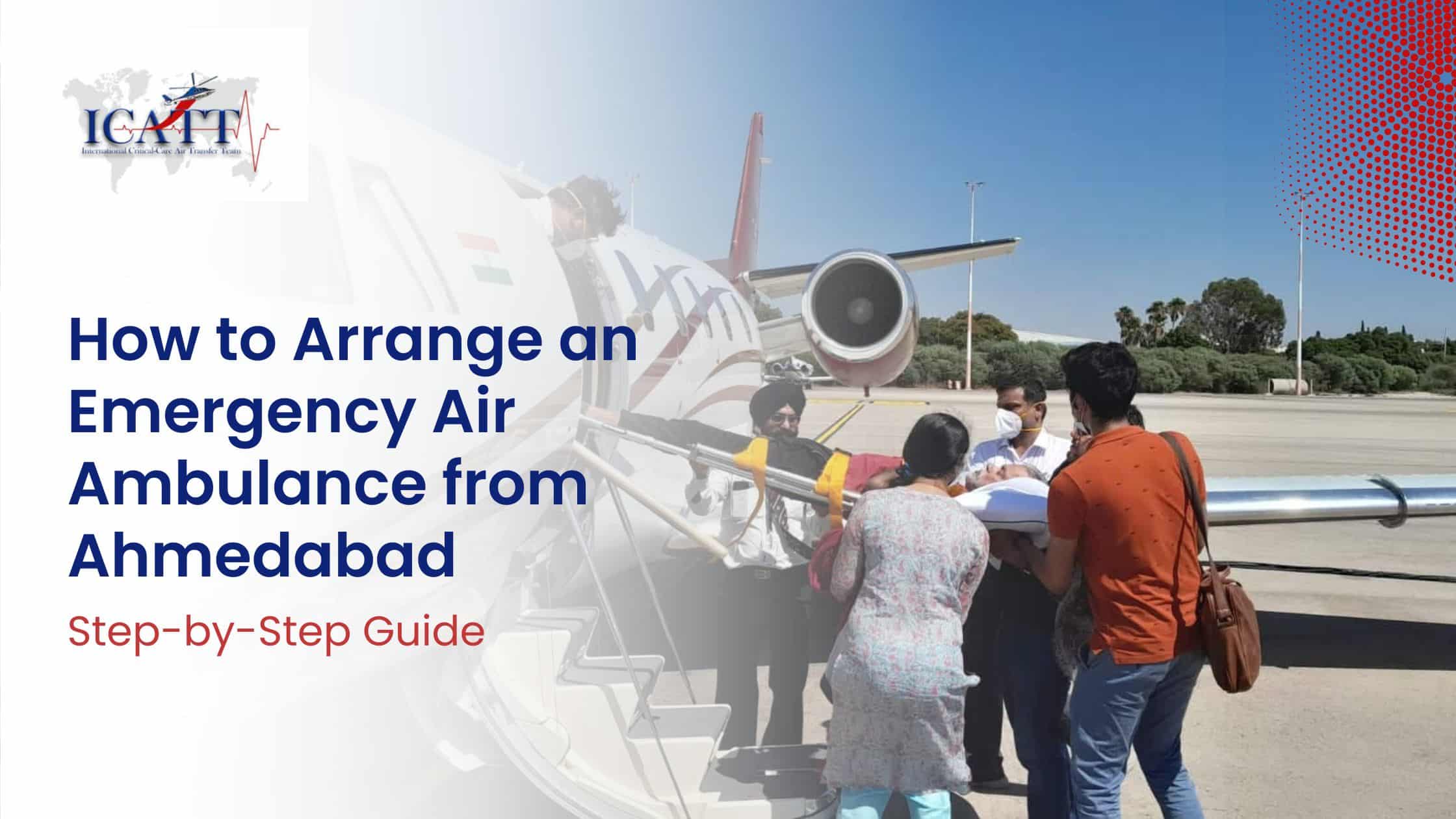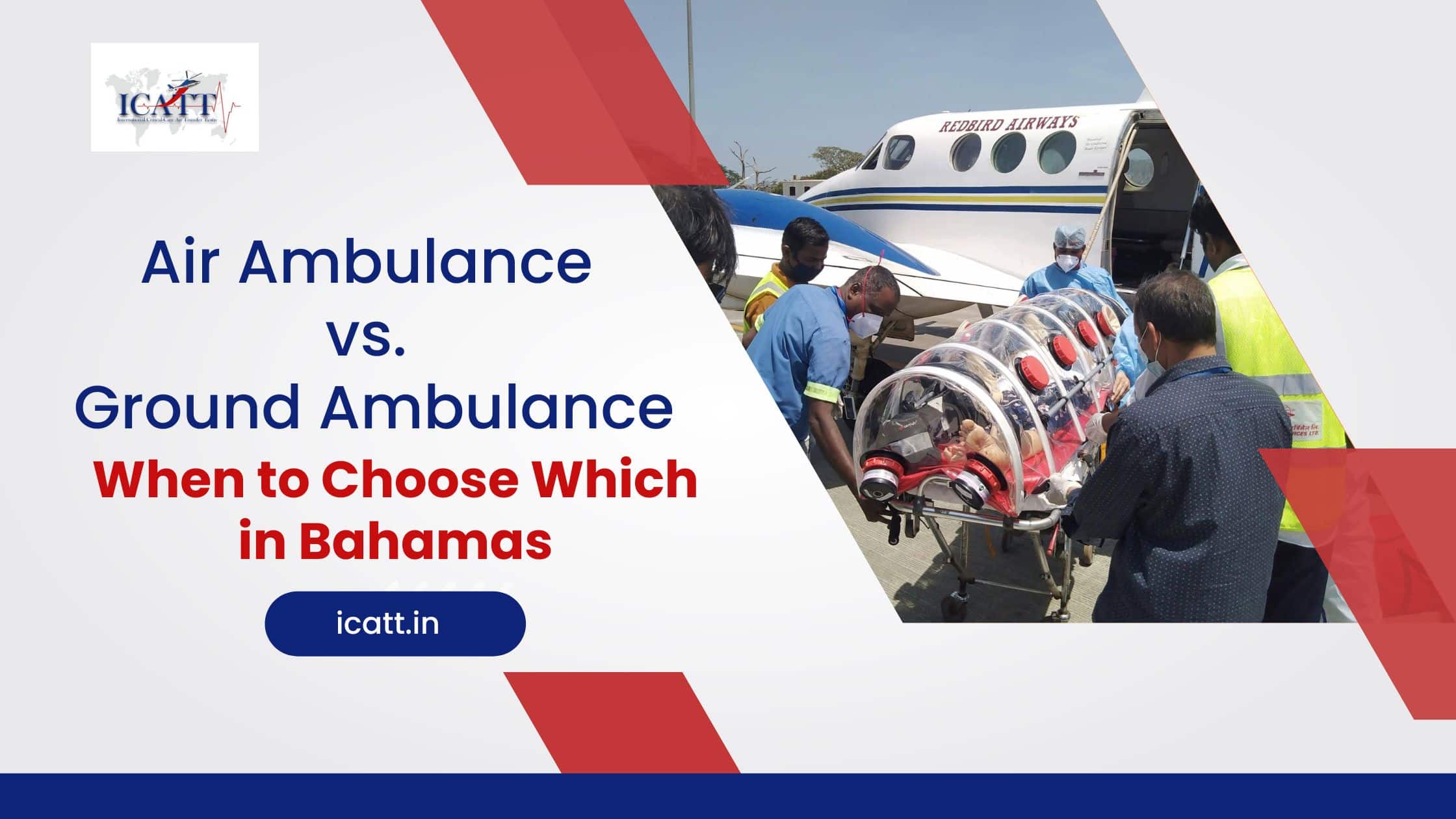The current pandemic COVID-19 brings to light the difficulties faced by air ambulance services while transporting highly infectious patients like COVID positive for many hours in an enclosed space. As part of the COVID-19 pandemic response, an infection prevention standard operating procedure (SOP) was developed for HEMS missions overcoming the challenges. Furthermore, various organisations use different methods in India, and ICATT Air Ambulance services use German Isolation Pods to transport these patients.
There are many benefits of using the state-of-the-art German Isolation Pod. First, it is secure that medical personnel accompanying the patient might not need to wear PPE kits during the transportation. Second, they can still have full access to the infected patient.
This device can transport patients who are breathing normally or mechanically ventilated, even in enclosed jet cabins, small helicopters, and ground ambulance vehicles. Moreover, this German ISO POD is unique, as it remains airtight even when cabin pressure suddenly drops. However, we face many challenges to ensure the safe and smooth transfer of critically ill patients.

Challenges in COVI19 Patient Transport with Air Ambulance
Aviation medical environments are usually challenging. The current Coronavirus pandemic has brought many changes in ground and air rescue. Helicopter emergency medical services (HEMS) and fixed-wing emergency medical services (AEMS) have faced many challenges during the transfer of Coronavirus patients.
There were several guidelines regarding safety during emergency procedures in hospitals, but there is limited guidance for emergency use in prehospital settings for air ambulances. In addition, no guidelines have been published so far for the safe transfer of COVID-19 patients.
Aeromedical crew members face a higher risk of disease transmission than healthcare providers in hospitals. This is because of inadequate information, resources, and limited space in hospital prehospital settings. Airway management procedures and ventilation are the other main tasks.
While a patient with a highly contagious infection is transported by air, different approaches prevent transmission. To address these issues, we have reviewed current concepts in aeromedical transport in India. Considering these issues, we evaluated existing aeromedical transport concepts in India, and we present the latest guidelines of ICATT for COVID-19 and aeromedical transport.
Guidelines for HEMS missions during the COVID-19 pandemic
Every Air Ambulance Provider needs to establish a precise standard operating procedure (SOP) to ensure that the PPE kit is appropriately used and handled during HEMS missions. Each mission must adhere strictly to these standards, especially in this COVID pandemic, where many patients have been infected (including those with unknown COVID-19 status). It is highly recommended that all crew members receive simulation training on these special measures, which improves their adherence to the SOPs.
The following guidelines provide an example of a Standard Operation Procedure (SOP) used by ICATT for controlling infection during primary and secondary HEMS missions.
Measures to be taken in response to the COVID-19 pandemic during HEMS missions
-
- For operators – it is recommended to maintain at least two meters distance from infected patients. Wearing PPE is might not mandatory if this is possible. HEMS crews must follow these guidelines during their operations on the ground, as well as while flying. Join the medical team in an emergency only in exceptional cases. In that case, you should also wear personal protective equipment, just as the medical crew does.
- For Doctors & paramedics – Wear surgical gloves, a filtering class 2 facemask, and goggles to protect your eyes while transporting patients every time. Make sure you carry a hand sanitiser.
- If possible, stay at least 2 m away from the patient while interacting with him initially and at the time of COVID19 screening.
- Depending on the clinical condition, wear a surgical mask over the patient’s face, a comfortable non-rebreather oxygen mask that supplies enough oxygen, and covers the exhalation valves with a surgical mask.

- Try avoiding aerosol-generating methods such as:
- Non-invasive ventilation (NIV)
- High-flow oxygen therapy
- Tracheal suction
- Nebulisation of medications
- If aerosol-generating methods like mechanical ventilation, airway management, oral suction, cardiopulmonary resuscitation, etc., are necessary, ensure wearing a PPE kit (protective gown)
- Ventilator handover (emergency unit of ICATT):
- Avoid disconnecting respiratory circuits unnecessarily.
- Set FiO2 to 1.0 (oxygen Percentage in the air mixture that is given to the patient)
- Check for sedation or analgesia (if necessary, use bolus administration)
- Create a general self-inflating bag that has an airway filter and a versatile tube extension, as well as a storage bag with an attached oxygen supply
- Put the ventilator in standby mode and switch off the device. Ensure that the tube is clamped between the patient and the filter and then connect the airway filter to the ventilation tubes
- Unclamp the tube and then switch the ventilator system on.
- Make sure the tube is properly positioned by comparing the CO2 curve on the monitor and ventilation settings. Specifically, check ventilation pressure.
For any emergency transfers or want to discuss the transfer process, call ICATT air ambulance +91-9701111156 and talk to our experts. We are the first to airlift a Corona positive patient in India. Since then, we have done many COVID19 positive patient transfers.

